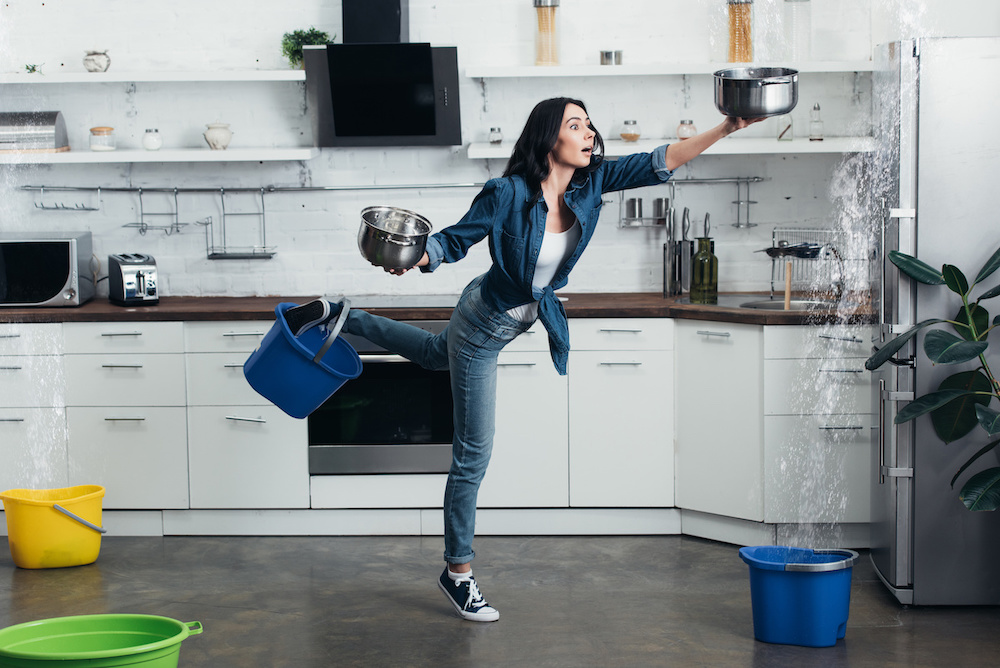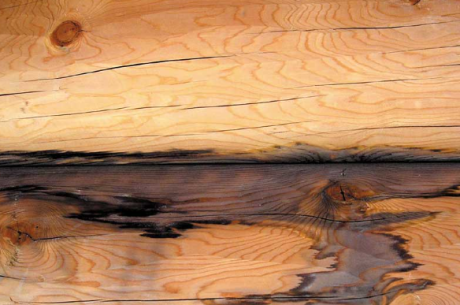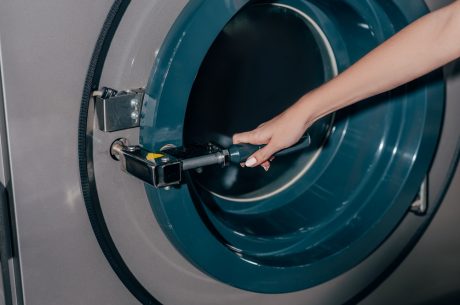
Winter brings more than just cold weather—it ushers in a season of increased indoor allergens that can make life miserable for allergy sufferers. As temperatures drop and windows stay closed, homes become sealed environments where dust mites, mold spores, and pet dander accumulate to problematic levels. Understanding how to control these indoor allergens can transform your winter experience from one of constant discomfort to seasonal relief.
Why Winter Allergies Are More Severe
The Perfect Storm of Indoor Allergens
Winter creates ideal conditions for allergen buildup in several ways:
- Reduced Ventilation: Closed windows and doors trap allergens indoors with limited fresh air circulation
- Increased Indoor Time: People spend up to 90% more time indoors during winter months
- Heating Systems: Forced air heating circulates allergens throughout the home
- Humidity Fluctuations: Both overly dry and overly humid conditions promote different types of allergens
- Holiday Decorations: Stored items like artificial trees and decorations can harbor dust mites and mold
Common Winter Allergens
Understanding your triggers is the first step toward effective management:
- Dust Mites: Microscopic creatures that thrive in warm, humid environments and feed on dead skin cells
- Mold Spores: Fungal allergens that flourish in damp areas like bathrooms, basements, and around windows
- Pet Dander: Tiny flakes of skin, saliva, and urine proteins from cats, dogs, and other furry pets
- Cockroach Allergens: Particles from cockroach waste and body parts, common in urban environments
- Indoor Plants: Some houseplants can harbor mold in their soil or release pollen
Comprehensive Indoor Allergen Control Strategies
1. Master Your Home’s Humidity Levels
Optimal Humidity Range: 30-40%
Humidity control is perhaps the most critical factor in managing indoor allergens. Both dust mites and mold require specific moisture levels to survive and reproduce.
For Dry Areas (Below 30% Humidity):
- Use a whole-house humidifier connected to your HVAC system for consistent moisture levels
- Place portable humidifiers in bedrooms and living areas
- Add moisture naturally with houseplants (choose low-allergen varieties)
- Avoid over-humidifying, which can create mold problems
For Damp Areas (Above 50% Humidity):
- Install dehumidifiers in basements, bathrooms, and other moisture-prone areas
- Use exhaust fans during and after showers, cooking, and laundry
- Fix water leaks promptly to prevent mold growth
- Ensure proper ventilation in crawl spaces and attics
Monitoring Tools:
- Digital hygrometers provide accurate humidity readings
- Smart home systems can automate humidity control
- Check multiple rooms, as humidity levels vary throughout the house
2. Transform Your Flooring Strategy
Hard Surfaces: Your First Line of Defense
Carpeting acts like a giant allergen trap, collecting and redistributing dust mites, pet dander, and other particles with every step.
Best Flooring Options for Allergy Sufferers:
- Hardwood: Natural, easy to clean, and doesn’t harbor allergens
- Tile: Excellent for bathrooms and kitchens, naturally antimicrobial
- Vinyl Plank: Waterproof, low-maintenance, and budget-friendly
- Laminate: Durable, affordable, and available in many styles
- Polished Concrete: Modern, easy to clean, and naturally hypoallergenic
If You Must Keep Carpeting:
- Choose low-pile carpets that trap fewer allergens
- Install washable area rugs instead of wall-to-wall carpeting
- Use carpet treatments designed to neutralize allergens
- Consider professional carpet cleaning every 3-6 months
Maintenance Tips:
- Mop hard floors weekly with microfiber mops that capture particles
- Use HEPA-filtered vacuum cleaners on any remaining carpeted areas
- Steam clean hard floors monthly to eliminate deeper allergens
- Seal grout lines in tile floors to prevent mold growth
3. Revolutionize Your Cleaning Routine
The Power of Proper Cleaning Techniques
Effective cleaning goes beyond surface-level tidying—it requires strategic approaches to allergen removal.
HEPA Filtration: Non-Negotiable
- Vacuum cleaners with HEPA filters remove 99.97% of particles 0.3 microns or larger
- Air purifiers with HEPA filters provide continuous allergen removal
- Central vacuum systems vent particles outside the home
Strategic Cleaning Schedule:
- Daily: Make beds, wipe down surfaces, run air purifiers
- Weekly: Vacuum all surfaces, mop hard floors, dust furniture
- Monthly: Deep clean bathrooms, wash curtains, clean air vents
- Seasonally: Deep clean carpets, wash pillows, clean heating systems
Professional Cleaning Services:
- Reduces exposure for sensitive individuals during cleaning
- Uses commercial-grade equipment more effective than household tools
- Provides deep cleaning that reaches areas often missed
- Offers specialized services like air duct cleaning and carpet treatment
4. Create an Allergen-Free Sleep Sanctuary
The Bedroom: Your Most Important Battleground
Since you spend 6-8 hours in your bedroom nightly, making this space allergen-free is crucial for symptom relief.
Bedding Protection Strategies:
- Wash all bedding weekly in water heated to 130°F (54°C) or higher
- Use hypoallergenic pillow and mattress covers with tightly woven fabrics
- Choose synthetic fill over down comforters and pillows
- Replace pillows every 1-2 years as they accumulate allergens over time
Temperature and Humidity Control:
- Maintain bedroom temperature between 60-67°F (15-19°C)
- Use a bedroom humidifier if air is too dry
- Ensure proper ventilation without creating drafts
- Consider a bedroom air purifier for continuous allergen removal
Decluttering for Health:
- Minimize fabric items like throw pillows, curtains, and upholstered furniture
- Store seasonal clothing in sealed containers
- Keep surfaces clear for easy cleaning
- Remove stuffed animals or wash them weekly in hot water
5. Pet Allergen Management
Living with Pets When You Have Allergies
Pet ownership doesn’t have to be impossible for allergy sufferers with proper management strategies.
Bedroom and Furniture Boundaries:
- Establish pet-free zones, especially bedrooms and upholstered furniture
- Use pet gates to maintain boundaries consistently
- Provide comfortable pet beds in designated areas
- Train pets to respect established boundaries
Grooming and Bathing:
- Bathe pets weekly using lukewarm water and hypoallergenic shampoos
- Brush pets daily outdoors to remove loose fur and dander
- Use pet wipes between baths to reduce allergen levels
- Maintain regular grooming appointments for professional care
Environmental Controls:
- Wash hands immediately after pet contact
- Use HEPA air purifiers in rooms where pets spend time
- Clean pet areas frequently with allergen-neutralizing products
- Replace pet bedding regularly and wash in hot water
6. Advanced Home Systems for Allergen Control
HVAC System Optimization
Your heating and cooling system can either distribute allergens throughout your home or help remove them.
High-Efficiency Filtration:
- Upgrade to MERV 11-13 filters that capture smaller particles
- Replace filters every 1-3 months depending on usage and allergen levels
- Consider whole-house air purifiers integrated with your HVAC system
- Schedule professional duct cleaning every 3-5 years
Ventilation Improvements:
- Install exhaust fans in bathrooms, kitchens, and laundry rooms
- Use timers or humidity sensors to automate exhaust fan operation
- Ensure proper ventilation in basements and crawl spaces
- Consider heat recovery ventilators for energy-efficient fresh air exchange
Smart Home Integration:
- Smart thermostats can optimize temperature and humidity
- Air quality monitors provide real-time allergen level data
- Automated systems can adjust filtration based on detected allergens
- Remote monitoring allows you to track and adjust settings from anywhere
Distinguishing Allergies from Common Colds
Critical Differences in Symptoms
Misidentifying allergies as colds can lead to inappropriate treatment and prolonged suffering.
Allergy Symptoms:
- Rapid onset – symptoms appear quickly after exposure
- All symptoms appear simultaneously
- Itchy, watery eyes – rarely seen with colds
- Clear, thin nasal discharge
- Sneezing in clusters – often multiple sneezes in succession
- Symptoms persist as long as allergen exposure continues
- No fever – allergies don’t cause elevated body temperature
Cold Symptoms:
- Gradual onset – symptoms develop slowly over 1-2 days
- Symptoms appear one at a time
- Thick, colored nasal discharge (yellow or green)
- Body aches and fatigue
- Possible low-grade fever
- Symptoms resolve within 7-10 days regardless of treatment
When to Seek Medical Help:
- Symptoms persist for more than 10 days
- Severe symptoms interfere with daily activities
- Over-the-counter medications provide no relief
- Symptoms worsen despite allergen control measures
- Signs of secondary infections develop
Seasonal Allergen Calendar and Prevention
Monthly Action Plan for Winter Allergen Control
November: Preparation Month
- Inspect and clean heating systems before first use
- Test humidity levels throughout the home
- Deep clean before holiday decorating
- Replace HVAC filters with high-efficiency options
December: Holiday Vigilance
- Clean stored decorations before displaying
- Monitor humidity with increased cooking and entertaining
- Maintain regular cleaning schedules despite busy holidays
- Keep pets calm during gatherings to reduce dander production
January: Deep Cleaning
- Remove holiday decorations and clean storage areas
- Deep clean carpets and upholstery after holiday use
- Assess and replace air filters and purifier filters
- Schedule professional services for post-holiday deep cleaning
February: Maintenance Mode
- Continue regular cleaning routines
- Monitor for mold in areas with winter moisture buildup
- Prepare for spring by planning any needed home improvements
- Evaluate effectiveness of current allergen control measures
Emergency Allergen Response
When Allergen Levels Spike
Sometimes despite best efforts, allergen levels can increase rapidly due to specific events or environmental changes.
Immediate Response Actions:
- Increase air purifier settings to maximum
- Run exhaust fans continuously until levels decrease
- Avoid the affected area until allergen levels drop
- Take antihistamines as recommended by your healthcare provider
Professional Emergency Services:
- Mold remediation for sudden mold growth
- Water damage restoration to prevent allergen breeding grounds
- Air quality testing to identify specific allergen sources
- Emergency cleaning services for severe allergen exposure
Creating a Long-Term Allergen Management Plan
Sustainable Strategies for Year-Round Relief
Effective allergen control requires consistent, long-term commitment rather than reactive measures.
Budget Planning:
- Initial investment in quality air purifiers and cleaning equipment
- Ongoing costs for filters, cleaning supplies, and professional services
- Home improvements that provide long-term allergen reduction
- Healthcare costs for allergy testing and treatment
Seasonal Adjustments:
- Winter focus on humidity control and heating system maintenance
- Spring preparation for pollen season and fresh air introduction
- Summer attention to air conditioning and humidity management
- Fall readiness for heating system startup and decoration storage
Family Involvement:
- Educate family members about allergen sources and control measures
- Assign responsibilities for different aspects of allergen management
- Create household rules that support allergen reduction goals
- Plan for guests who may have different allergen sensitivities
Conclusion: Taking Control of Your Indoor Environment
Winter allergies don’t have to control your life. By implementing comprehensive allergen control strategies, you can create a healthier indoor environment that provides relief throughout the cold months. Remember that effective allergen management requires consistent effort and sometimes professional assistance, but the investment in your health and comfort is immeasurable.
The key to success lies in understanding that allergen control is not a one-time effort but an ongoing commitment to maintaining a healthy indoor environment. Start with the strategies that address your specific allergen triggers, and gradually implement additional measures as needed.
For severe allergen problems, professional remediation services can provide the expertise and equipment necessary to restore your home to a healthy state. Whether dealing with mold growth, extensive dust mite infestations, or pet allergen accumulation, certified professionals have the training and tools to address these issues safely and effectively.
Don’t let winter allergies keep you from enjoying the season. With proper planning, consistent implementation of allergen control measures, and professional support when needed, you can breathe easier and feel better throughout the winter months.
Ready to take control of your indoor air quality? Start with humidity control and HEPA filtration—two of the most effective strategies for immediate allergen reduction. Your respiratory system will thank you.




 PuroClean of Lansdale
PuroClean of Lansdale